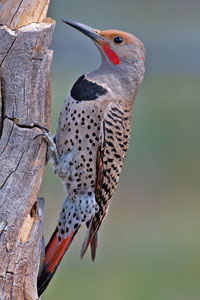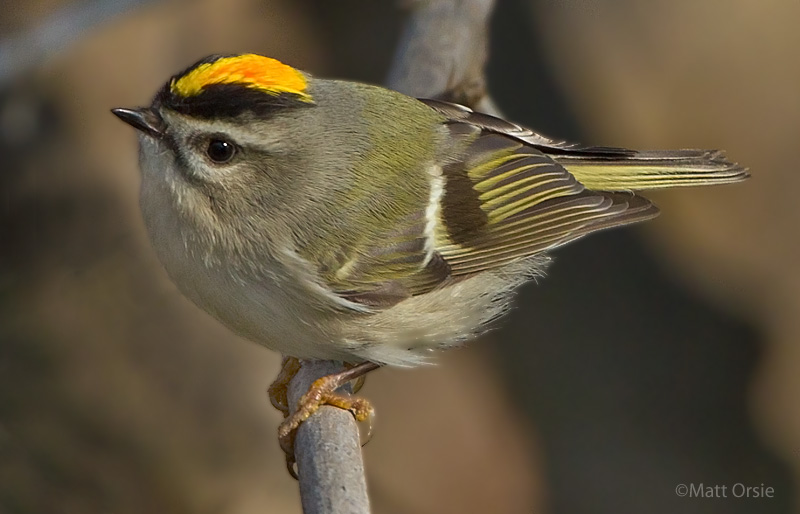The field trip to the park was a great experience and highly educational. Through the use of interpretive educational signage through out the trails, one could easily understand the importance of wetlands, how they work and what features were added to the park and why. I thought the use of the trails as leaky berms was a brilliant idea. I know about planted berms and bioswales used to trap water for plants but never thought about a walking trail beam used to trap water, allowing water to pond on one side and slowly seep and leak through to the other side of the berm.
Dominated by Alnus rubra the area is a classic riparian forest with scattered conifers such as Pseudotsuga menseizii, Abies grandis, Thuja plicata and Picea sitchensis. Understories with small trees and shrubs like Sambucus racemosa, Symphoricarpos albus, Cornus sericea, Salix lucida and Vaccinium parvifolium. I observed many bird species at the site the hooded merganser (Lophodytes cucullatus) were one of the many that stood out to me but the highlight of the field trip for me was seeing an American bullfrog (Lithobates catesbeianus) that was sitting in a tiny pool of water off the trail where a pipe was emptying water into. Could have been that the water flowing from the pipe was warmer than water in the other near by ponds. All in all, this field trip was a great experience and I am happy to see that we have the capability to transform landscapes into wetlands, because at the rate they are decreasing means that we will have to build more.
Below is a picture of the park early after the completion of the project.
http://www.watershedco.com/images/sized/_uploads/images/projects/Narbeck/narbeck-aerial_1-715x355.jpg



















































